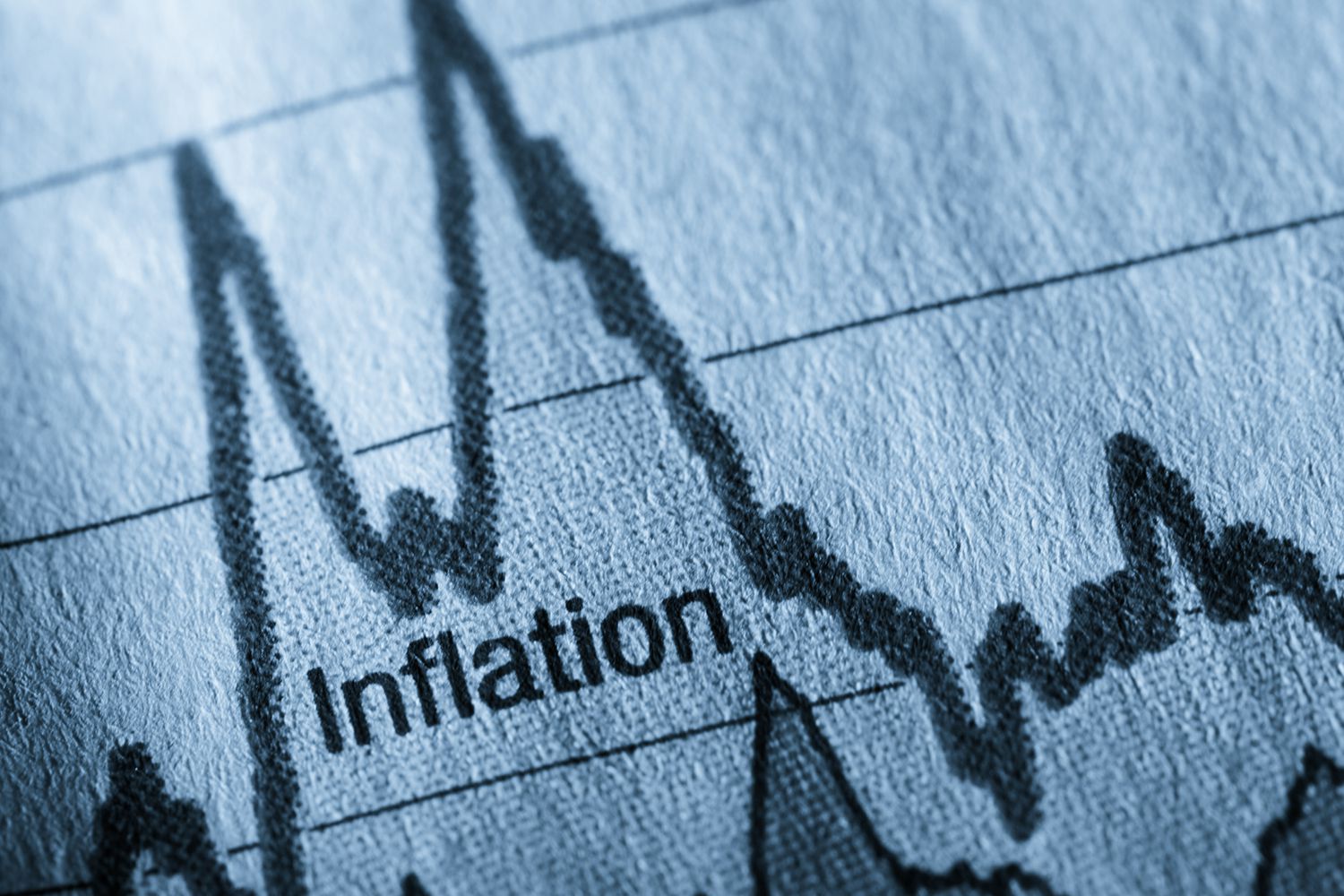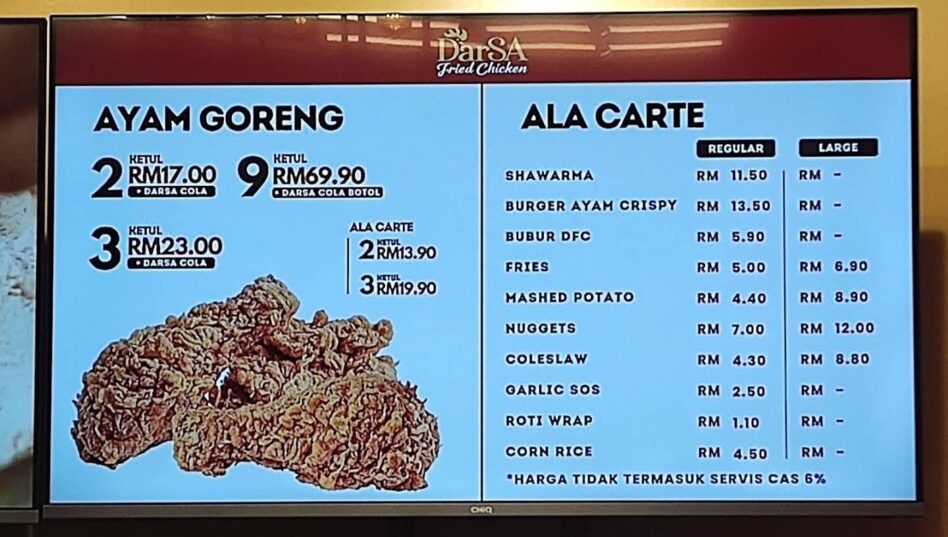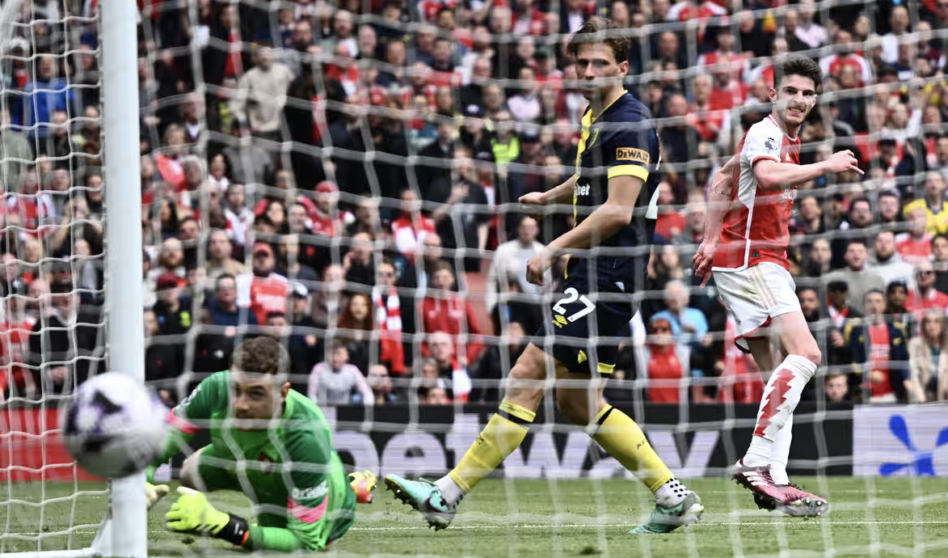IN an almost synchronised manner, central banks in the world – with the US Federal Reserve leading the pack – are rushing to raise their key interest rates in a bid to tame soaring inflation and anchor inflation expectations.
The on-going Russia-Ukraine military conflict which triggered a surge in energy and commodity prices in recent months have exacerbated the already elevated global inflationary pressures.
These cost and price shocks have bumped into post pandemic strong recovering demand of goods and services, upsetting the imbalances between supply and demand and pushing prices to higher levels.
Global inflation is forecast to reach 7.4% in 2022 – the highest level since 2008 – and compared with 2001-2019’s average annual global inflation of 3.8%.
Inflation is now running well above central bank inflation targets in almost all advanced economies and most inflation-targeting emerging market and developing economies.
Everything is going up: Fuel, electricity, food, raw materials, wages, prices of services, etc. In most countries, cost-push inflation is the main culprit for price increases due to production disruptions, or increases in production costs such as high oil prices and raw materials costs as well as wages.
As both pressures of the supply and demand side are working together to push up inflation in the US economy, the Fed is compelled to deliver stronger doses of interest rate and more hikes to bring down inflation. But the Fed’s fast and over-triggering could risk a hard-landing for the US economy.
Normalising interest rate
Following the footstep of other central banks, Bank Negara Malaysia (BNM) has hiked the overnight policy rate (OPR) by 25 basis points (bps) to 2.00% in May and another 25bps to 2.25% in July 2022.
Market expects more rate hikes ahead, taking the policy rate to between 2.50% and 3.00% between 2022 and 2023 depending on the incoming data, implications of evolving external and domestic developments on economic growth prospects and inflation trajectory.
What is the rationale behind this move? Our assessment indicates the following:
- Gradual removal of a high degree of monetary accommodation to build policy buffer: Amid the presence of heightened external headwinds to global economy and downside risks to domestic economic growth, the continued recovery we are seeing now provides room for BNM to continue removing the extra monetary accommodation delivered during the pandemic crisis. The central bank has to rebuild monetary policy buffer for future shocks.
The central bank is confident that a gradual normalisation of interest rate will not hurt economic growth though it recognises the downside risks to growth remain. BNM has maintained this year’s real gross domestic product (GDP) estimate of between 5.3% and 6.3%.
This will be largely supported by firm domestic demand on continued economic activities and a recovery in the labour market.
We caution that growing fears of global stagflation pressures, the war in Ukraine, rising recession risk in the US economy and tighter global monetary conditions have darken the outlook of global economy in 2H 2022 and in 2023. The International Monetary Fund (IMF) does not rule out a possible global recession next year given the elevated risks.
- Keep a lid on inflation risk and inflation expectations: The current manageable inflation compared to other countries is largely being buffered by subsidies and administrative measures on fuel, food and some services. But inflation pressures clearly have widened in the broader economy to a degree that requires a gradual normalisation of interest rate.
Both headline and core inflation have been trending up to 2.8% and 2.4% in May respectively, reflecting the improvement in economic activity amid lingering cost pressures. Anecdotal demand-side inflation pressures are slowly developing to reinforce strong supply constraints cum cost-push inflation.
Upside risks to inflation remain given the uncertainties surrounding global energy and commodity prices, the war in Ukraine, the supply disruptions and cost pressures. It is expected that post the 15th General Election (GE15), the kick in of subsidy rationalisation and roll-back of administrative measures are expected to drive higher inflation in 2023.
Inflation expectations also play a key role in determining inflation. If consumers or firms build the expectations of higher prices into future cost and price adjustments, wage negotiations or contractual price adjustments, this will set off another round of inflation. Hence, a gradual hike in interest rate would serve to anchor inflation expectations.
By raising interest rates on a gradual and measured manner, BNM hopes to demonstrate her commitment to tame inflation risk and to prevent expectations for persistently higher inflation.
- As the economic recovery is continuing, keeping a prolonged period of low-interest rates can induce financial imbalances by reducing risk aversion of banks and other investors as well as borrowers.
If BNM holds back to hike interest rates or raise interest rate gradually and endure the supply-crunch inflation, it will result in entrenched higher inflation expectations, prompting companies and employees to push up prices and demand higher wages respectively.
If this happens, it is extremely costly to bring inflation down if inflation expectations don’t come down. The central banks may later be compelled to pump the brakes on the economy even harder to get inflation under control.
Conclusion
While we reckon that higher interest rates will mean that households have to pay more on mortgage and other personal loans, the percentage of variable loans vs fixed rate is 75:25%. Improved income prospects for individuals and recovering sales for businesses should be able to cope with increased cost of borrowing.
In addition, the price subsidies and controls as well as cash hand-outs to the targeted households will ease their financial burden and cost of living. For savers, a rise in interest rate will increase interest income on the fixed deposits placed with the banking system.
But when inflation begins to move higher and get entrenched in our economy, it will hurt the people in the lower and middle-income income spectrum more than anyone. In an inflationary environment, rising prices inevitably reduce the purchasing power of some consumers and real income payers of fixed interest rates.
We believe that BNM will be nimble in responding to incoming data to assess the evolving economic and inflation outlook when making the monetary policy decision. The interest rate adjustment will be on a gradual and measured manner without jeopardising the economy while keeping a lid on inflation. – July 7, 2022
Lee Heng Guie is the executive director at Socio-Economic Research Centre (SERC) Malaysia.
The views expressed are solely of the author and do not necessarily reflect those of Focus Malaysia.












